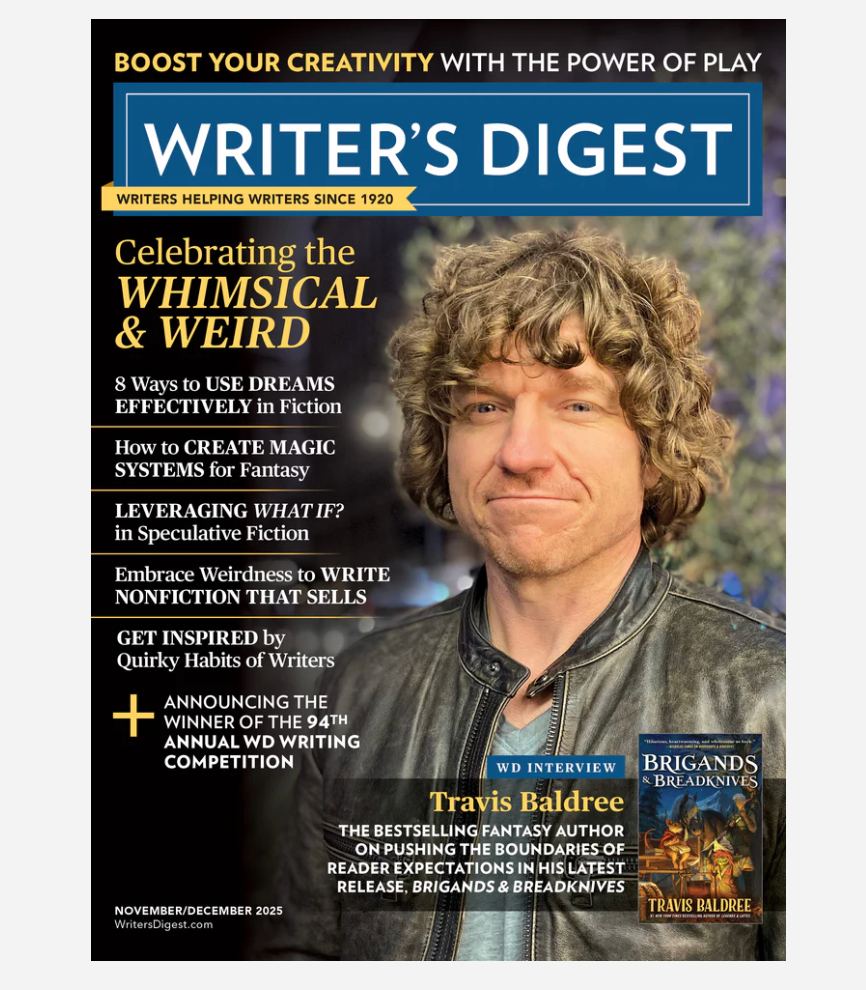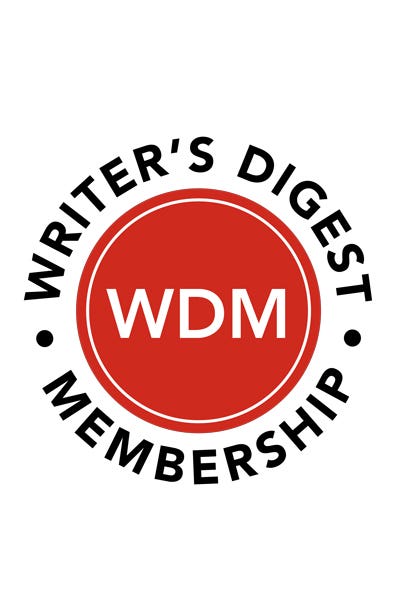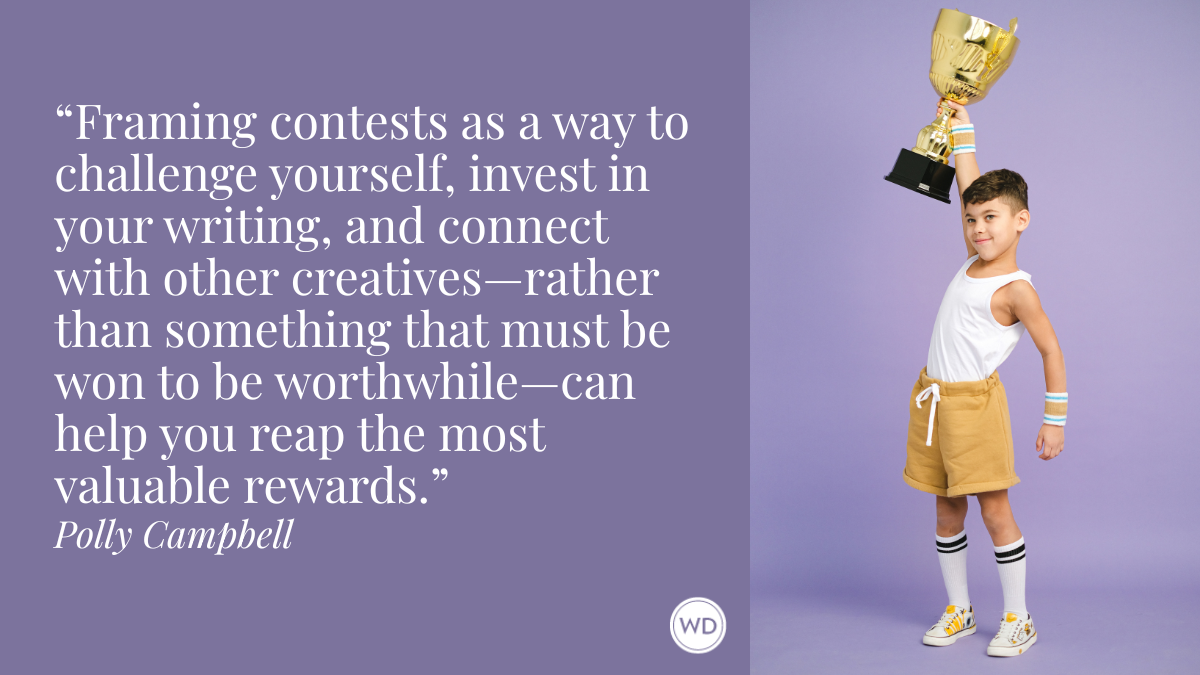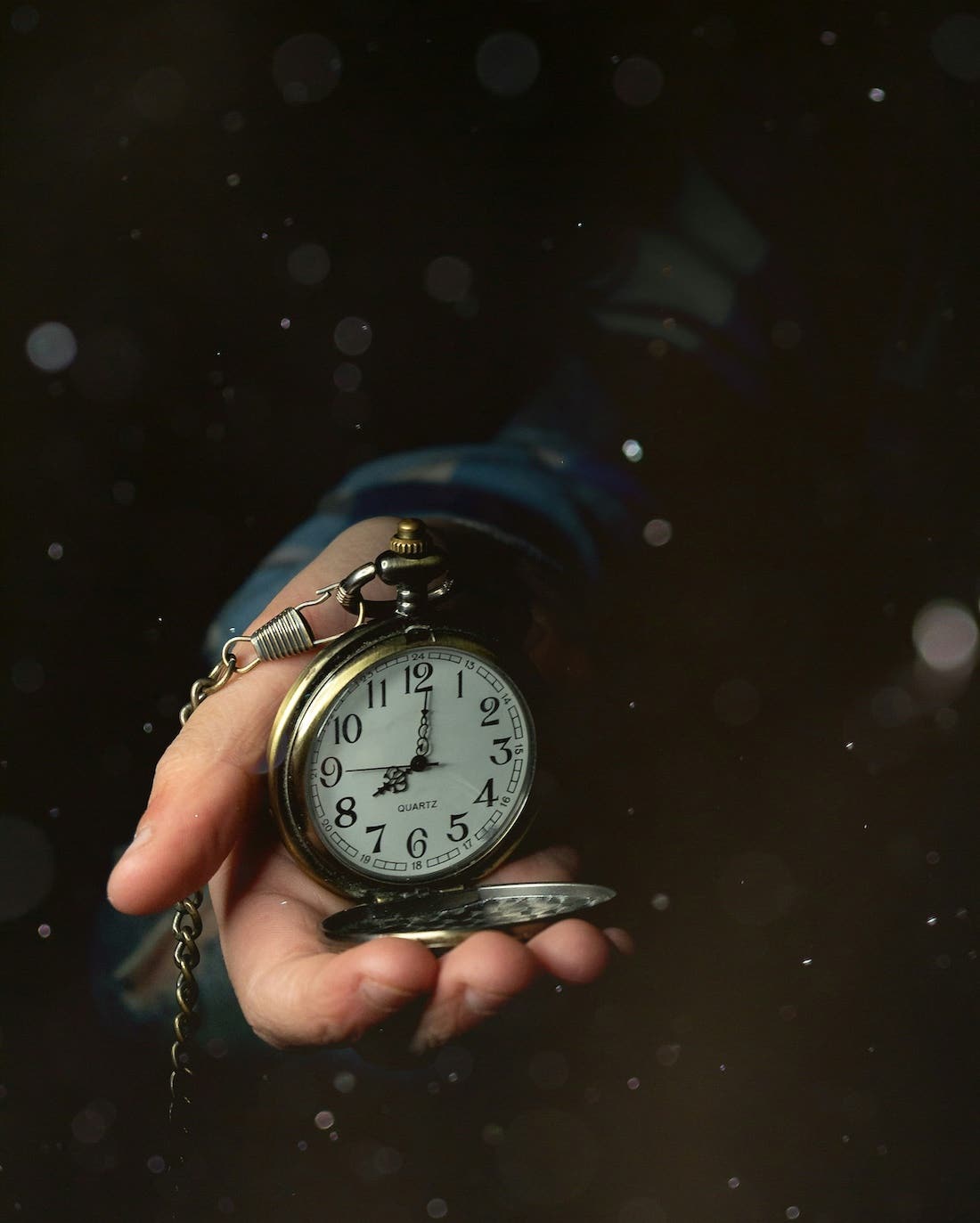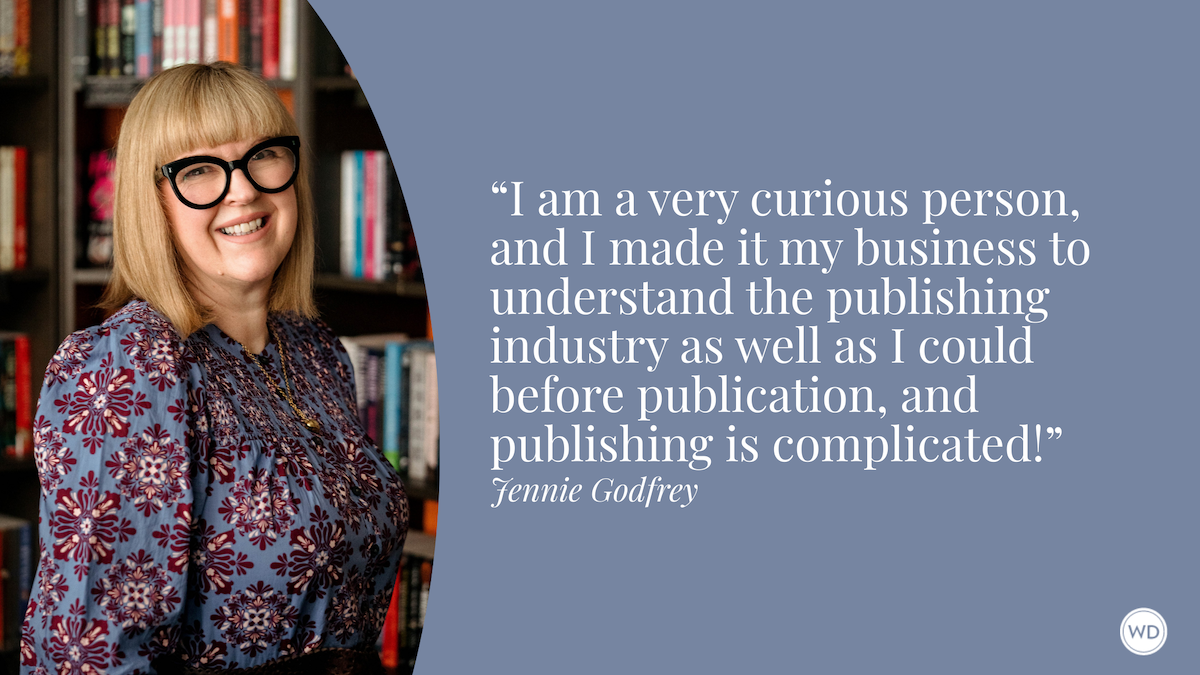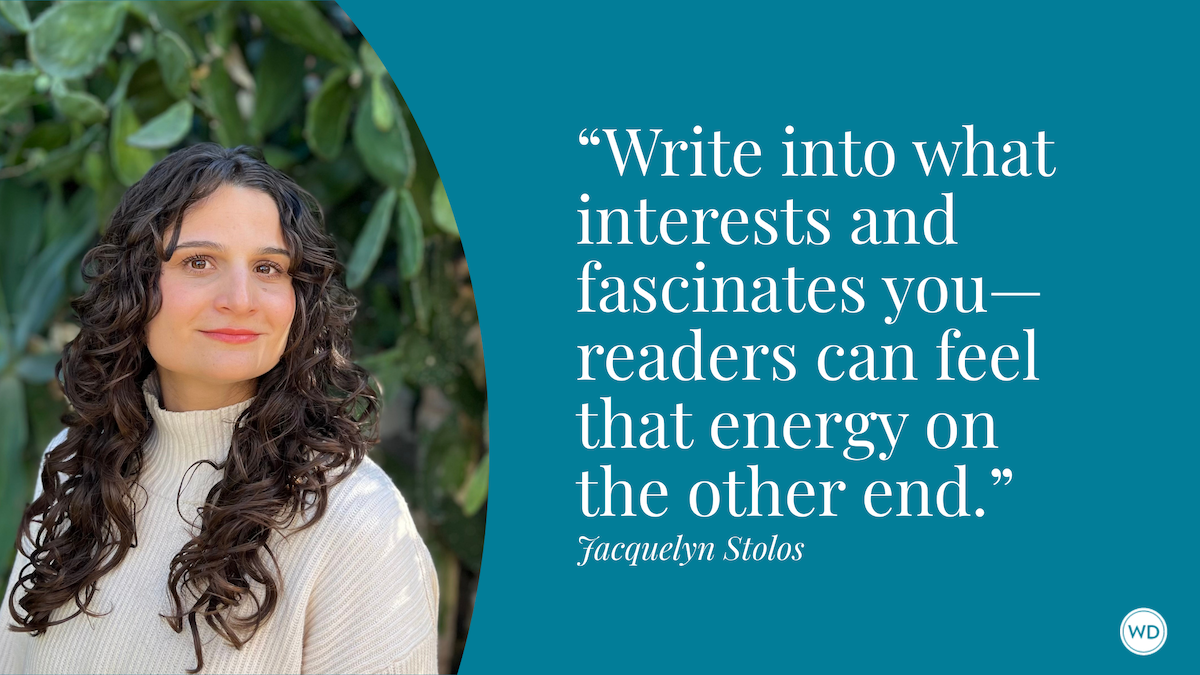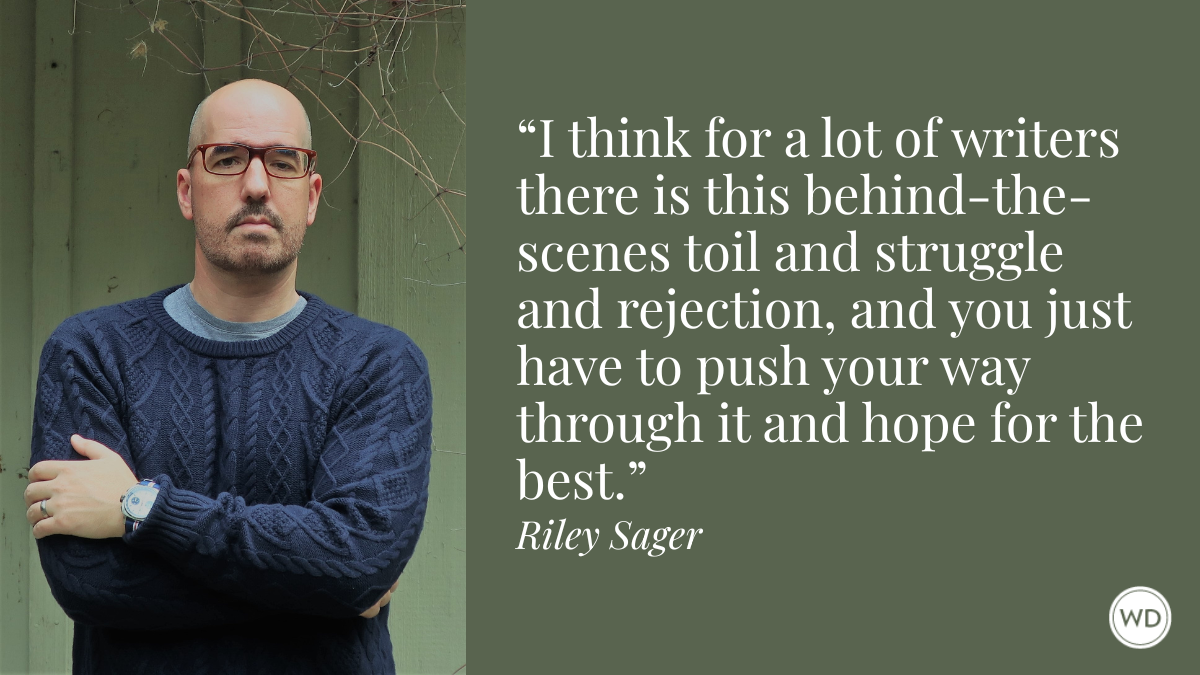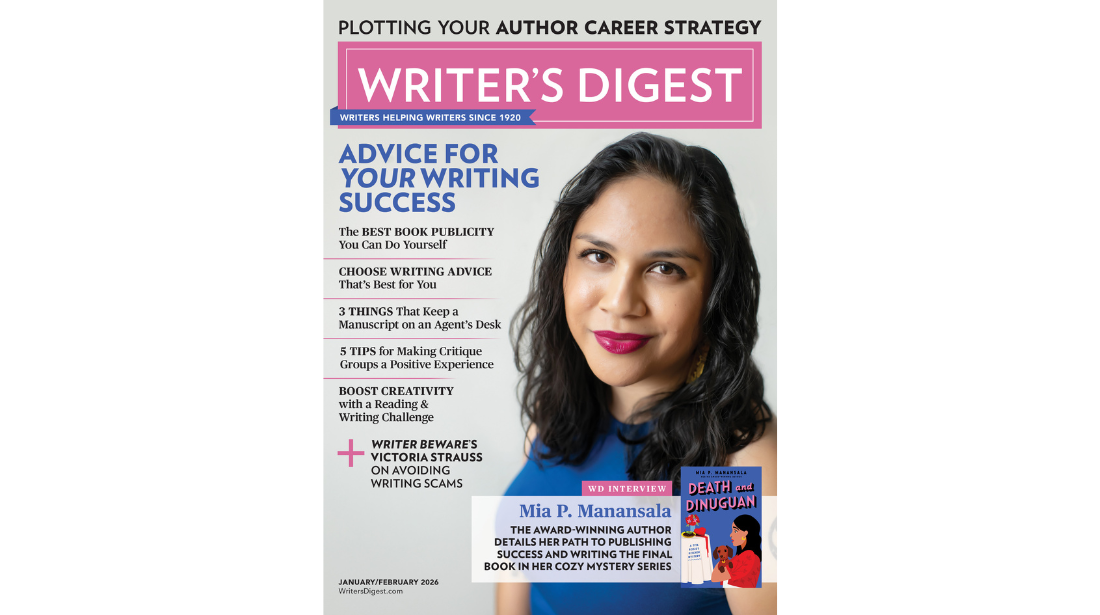The Unexpected Writing Aid—How Drawing Mandalas Helped Me Find Creative Balance
Author Ben Guterson discusses how stumbling upon the act of drawing mandalas helped him find creative balance for his writing.
The summer before I turned 19, I chanced upon psychologist Carl Jung’s quasi-autobiography, Memories, Dreams, Reflections, in which I discovered Jung was long engaged in creating mandalas—roundish, often intricate drawings or paintings that, curiously to me, held some symbolic resonance, at least for Jung. Very interesting, I likely thought, if that. I doubt I’d given mandalas more than a passing thought before then; and I can’t imagine I spent any time that summer delving into the deep ethnographic backstory of the figures, which, it turns out, feature in artistic and spiritual traditions around the world.
During an eventual re-read of Jung’s book, though, a decade or so later, the following words grabbed me, undoubtedly because I was better prepared to receive them: “In 1918-19 (in Switzerland)…I sketched every morning in a notebook a small circular drawing, a mandala, which seemed to correspond to my inner situation at the time.”
This struck me as revelatory. The notion that some minutes of drawing weren’t mere diversion but, rather, the mapping of an interior state—a method for making visible something within—landed with me like a punch. Or, rather, an incitement: I, too, I considered, might be able to create something like the mysterious designs that had so fixated Jung. I added “Take up mandala drawing” to my register of future endeavors, where it remained, unacted upon, for the next three decades.
Well past midway into that long interim, and after deciding to try my hand at writing fiction, I was pleased and surprised to become an author of middle-grade novels. When my first book, Winterhouse, was published by Macmillan in 2018, it felt like something of a miracle. I’m a lifelong bookworm and a devoted appreciator of stories, but it took many years for me to gain any facility putting tales together myself. With Winterhouse, a run of six novels (and counting, I hope) initiated, and I felt some measure of confidence and contentment with my path forward as a writer.
In the spring of 2022, however, mired in both personal and professional stasis, and finding myself struggling to focus on several levels, my writing routine began to suffer. As part of an attempt to regain some balance, I returned to Jung, his elaborations on mandalas in particular. “(T)he mandala…is…the self, the wholeness of the personality, which if all goes well is harmonious,” I read, and, “(T)he mandala is the center… everything points toward the center. This insight gave me stability, and gradually my inner peace returned.”
These words made great practical sense to me; and, in that mysterious way in which, out of the many whims a person entertains, certain ones become realized, I was moved to action. I visited a nearby art store, purchased a sketchbook and some markers, and, soon after, sat at my desk and began to draw a mandala.
My method from the start was unplanned and uninformed. Out of a sense that I didn’t want to mimic someone else’s process or follow a series of steps already laid out, I deliberately avoided reading anything about drawing mandalas or watching any videos about technique. I simply drew concentric circles with a compass, measured angles with a protractor, and allowed my imagination to work itself out with freehand pencil and pen designs upon the grid I’d made. Almost immediately, I became absorbed in the effort. Before long, I was spending an hour or more daily on my drawings.
I came to understand very quickly something of the need the endeavor was satisfying in me. Rather than yet another practice anchored in language—that is, rather than writing or reading or speaking—I was engaged in a sort of a verbal embargo, a creative effort absent words. Much to my surprise, and without composing a single sentence, I was crafting small works of art informed intuitively by balance and harmony. I began to realize, as well, that something about the effort carried over to my writing—“coherence” might be the best way of describing it. Lastly, and without insisting too much on this, I sensed a pulling-together inside me, some of the stability or inner peace Jung indicated, perhaps.
Musicians, dancers, and artists who engage in graphic or plastic arts may find my epiphanies beyond obvious. For me, though, accustomed to words, words, and more words, the discoveries were enormous, and the mandalas I drew—and continue to draw—brought me tremendous satisfaction and pleasure. To be clear, my mandalas are not, I confess, the type of spontaneous emanations or diagrams of the psyche that Jung described. Rather, they became aids for focus, a means of quieting my thoughts, a tranquil near-meditation, maybe, and so not exactly the sort of soul atlas I’d once imagined. Still, I’m certain they brought a roundedness to my writing, and I’m positive that working on them eased some of my more anxious moments.
A coda. When my editor at Little, Brown, Christy Ottaviano, noticed some of the online posts I’d made about my mandalas, she offered the brilliant suggestion that I ought to consider working them into the book I was writing at the time, The World-Famous Nine. I arranged my story so that my main character, 11-year-old Zander Olinga, was a budding artist who enjoyed drawing mandalas, a facet of his personality that seemed to work well.
Ultimately, Christy incorporated a few of my mandalas as actual illustrations in the book, and they also appeared as a design above each chapter heading, a motif repeated in my most recent novel, The Shadow of the World-Famous Nine. It’s safe to say I never thought I would see my own artwork in one of my novels. Safe to say, too, I’m beyond glad I took up the practice of drawing mandalas.
Check out Ben Guterson's The Shadow of the World-Famous Nine here:
(WD uses affiliate links)


